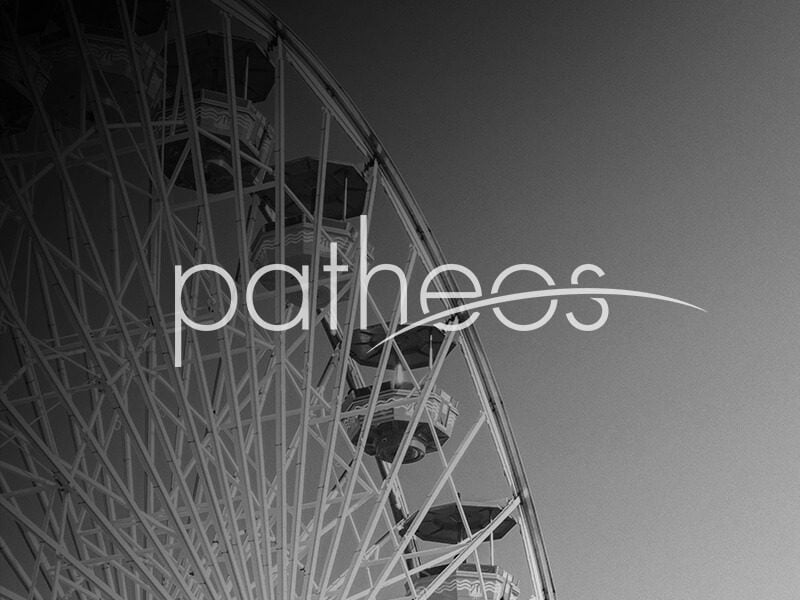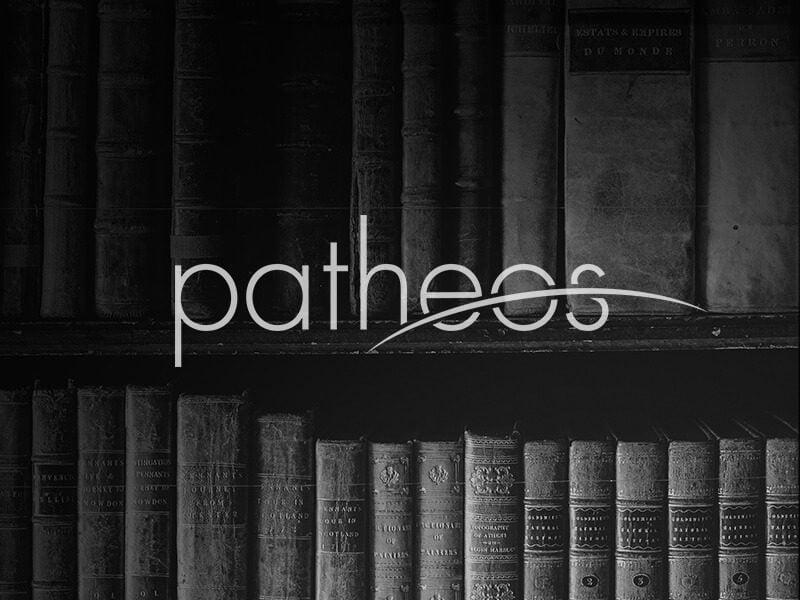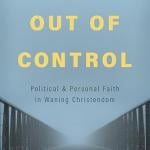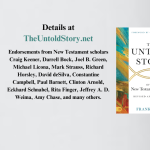Calvin O. Schrag has this helpful critique of what he calls the “foundationalist paradigm”: It “profeers a theoretical construct of mind that is designed to determine in advance the criteria for what counts as knowledge, both knowledge of oneself and knowledge of the world. It is as though one were required to know how to swim before one swims, or to know grammatical rules of language before one knows how to speak, or to master the criteria for proper etiquette... Read more
















